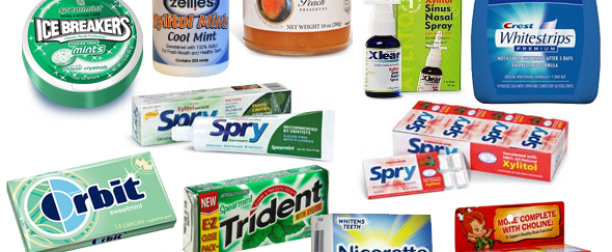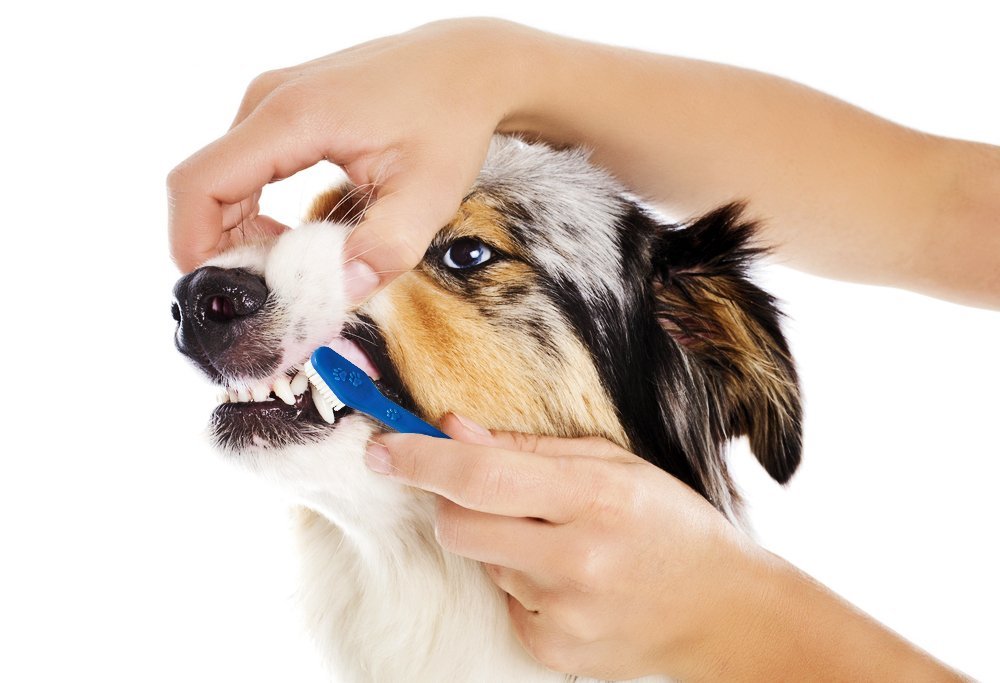We all know that Xylitol can be dangerous to dogs – but do you know why? Do you know what foods contain Xylitol? Do you know what to look for in terms of symptoms?
Over the past several years, the U.S. Food and Drug Administration’s (FDA) Center for Veterinary Medicine has received several reports—many of which pertained to chewing gum—of dogs being poisoned by xylitol, according to Martine Hartogensis, a veterinarian at FDA.
And you may have seen recent news stories about dogs that have died or become very ill after eating products containing xylitol. The FDA wants to make sure you know as much as you can about Xylitol to help prevent a tragedy in your home.
Xylitol, in case you are not familiar with it, is a “naturally occurring carbohydrate that looks and tastes just like regular table sugar,” according to Xylitol.org. The website said it is extracted from two sources: corn cobs and hardwood.

Why is Xylitol Dangerous to Dogs, but Not People?
In both people and dogs, the level of blood sugar is controlled by the release of insulin from the pancreas. In people, xylitol does not stimulate the release of insulin from the pancreas. However, it’s different in canines: When dogs eat something containing xylitol, the xylitol is more quickly absorbed into the bloodstream, and may result in a potent release of insulin from the pancreas.
This rapid release of insulin may result in a rapid and profound decrease in the level of blood sugar (hypoglycemia), an effect that can occur within 10 to 60 minutes of eating the xylitol. Untreated, this hypoglycemia can quickly be life-threatening, Hartogensis says.
Foods Containing Xylitol
Sugarless gum may contain xylitol, a class of sweetener known as sugar alcohol. Xylitol is present in many products and foods for human use, but can have devastating effects on your pet.
But gum isn’t the only product containing xylitol. Slightly lower in calories than sugar, this sugar substitute is also often used to sweeten sugar-free candy, such as mints and chocolate bars.

Other products that may contain xylitol include:
- breath mints
- baked goods
- cough syrup
- children’s and adult chewable vitamins
- mouthwash
- toothpaste
- nut butters (such as peanut butter)
This last one is why it’s important that you use toothpaste made for dogs when you brush your dog’s teeth, and not your own.

Symptoms to Look For in Your Dog
Symptoms of xylitol poisoning in dogs include vomiting, followed by symptoms associated with the sudden lowering of your dog’s blood sugar, such as decreased activity, weakness, staggering, incoordination, collapse and seizures.
If you think your dog has eaten xylitol, take him to your vet or an emergency animal hospital immediately, Hartogensis advises. Because hypoglycemia and other serious adverse effects may not occur in some cases for up to 12 to 24 hours, your dog may need to be monitored.
(A note to cat owners: The toxicity of xylitol for cats has not been documented. They appear to be spared, at least in part, by their disdain for sweets.)
What Can You Do to Avoid Xylitol Poisoning in Your Dog?
“If you’re concerned about your dog eating a food or product with xylitol in it, check the label of ingredients. If it does, indeed, say that it contains xylitol, make sure your pet can’t get to it,” Hartogensis says.

In addition:
Keep products that contain xylitol (including those you don’t think of as food, such as toothpaste) well out of your dog’s reach. Remember that some dogs are adept at counter surfing.
Only use pet toothpaste for pets, never human toothpaste.
If you give your dog nut butter as a treat or as a vehicle for pills, check the label first to make sure it doesn’t contain xylitol.
You Can Help FDA by Reporting Safety Issues
FDA wants to know if your pet encounters safety issues with a product, and/or unanticipated harmful effects that you believe are related to a product.
“Timely reporting of problems enables FDA to take prompt action,” Hartogensis says.
Each report is evaluated to determine how serious the problem is and, if necessary, additional information may be requested from the person who filed the report.
You can report problems related to both human and pet foods and treats at the Safety Reporting Portal.
